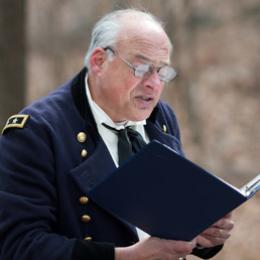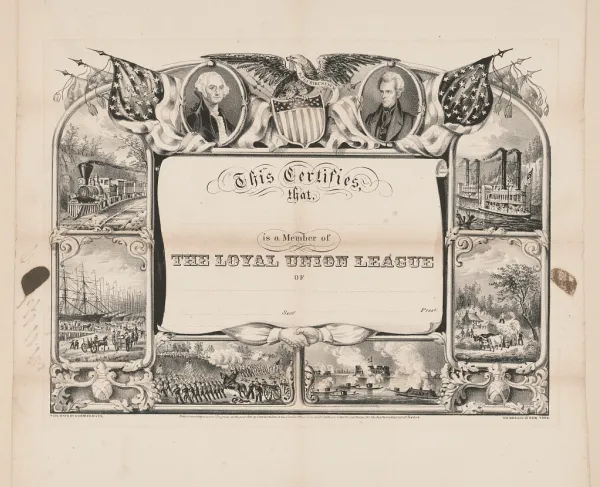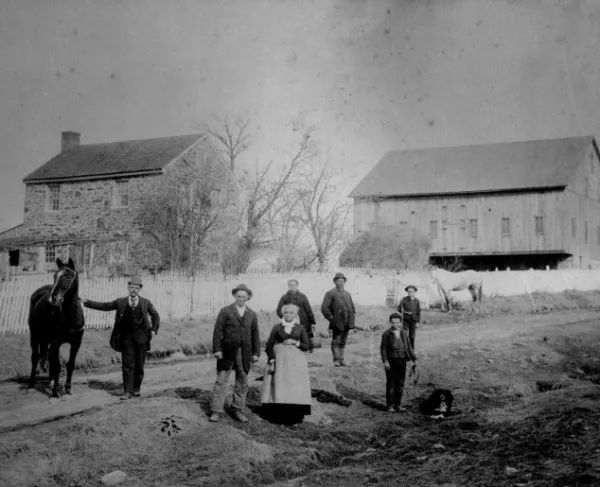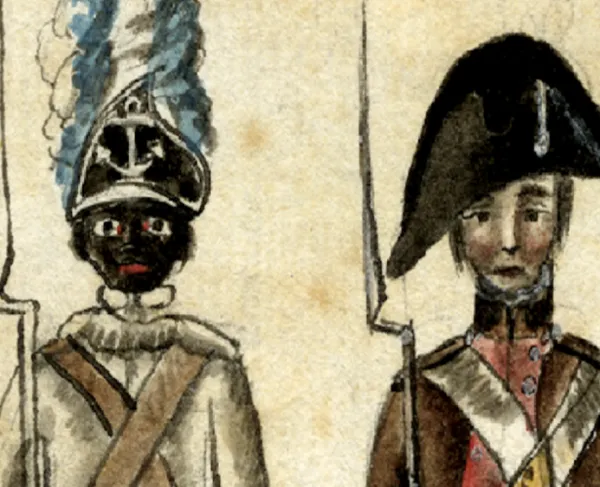The British Corps of Colonial Marines
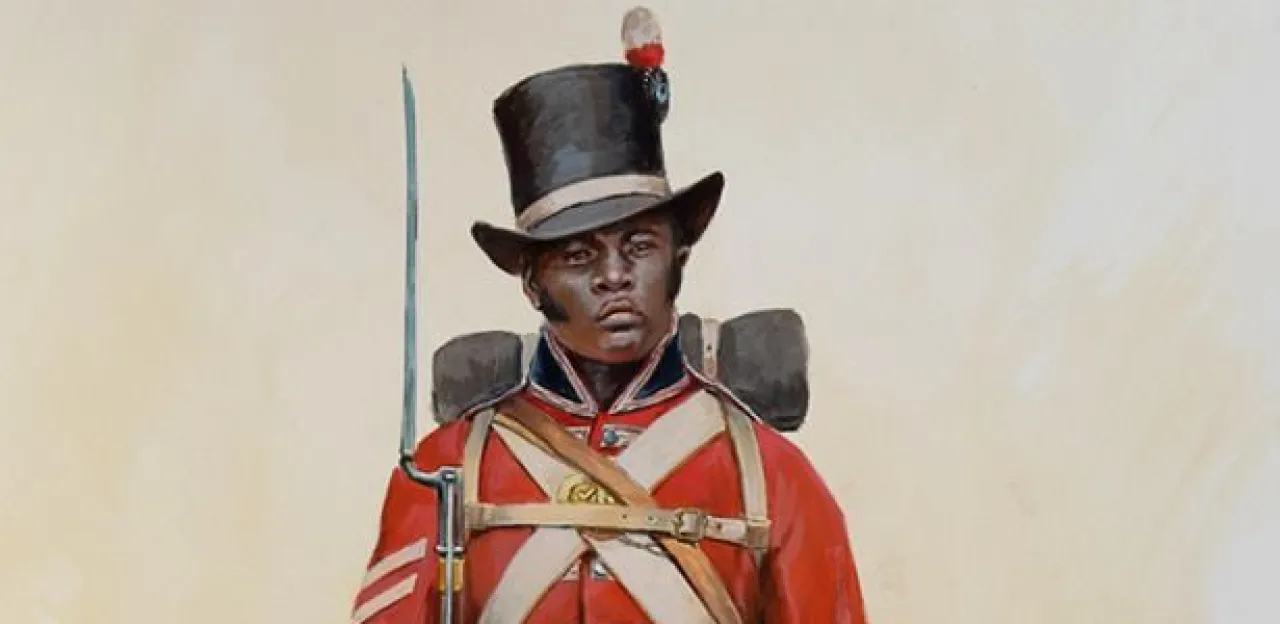
Like their brethren during the American Revolution, enslaved persons and people of color living along the Chesapeake, and in the Tidewater regions of the mid-Atlantic states, were faced with several choices during the War of 1812. They could either fight for the United States, a nation that professed equality and freedom but lacked delivery, watch from the sidelines, or take a chance to secure freedom by joining the British forces. Precedent for such was set during the American Revolution when Lord Dunmore, Royal Governor of Virginia, issued his 1775 proclamation offering enslaved persons freedom if they fought on the side of Great Britain. It is estimated that between 800-2,000 served in what became known as Dunmore’s Ethiopian Brigade, which saw limited combat during the war. After the Revolution, many of these former slaves turned soldiers of fortune and relocated to islands in the Caribbean or to Canada.
By the time the War of 1812 erupted many northern states had abolished slavery. However, such states granted few, if any, rights to citizens. In the south, slavery remained a way of life and an economic pillar. When the locus of the war shifted in 1814 to the Chesapeake Bay region, people of color were faced with a choice. Freemen, like Charles Ball, opted to serve in the United States Navy as part of Joshua Barney’s “Mosquito Squadron” hoping that his service to the new Republic would open additional doors. Others opted to join the British, particularly after the April 2, 1814 proclamation issued by Sir Alexander Cochrane, Vice Admiral and Commander in Chief of His Majesty’s Ships and Vessels in North America. This proclamation stated that those who served in the King’s forces would be liberated after the war. Cochrane had a thousand copies of his proclamation printed and distributed to the enslaved population residing in the Chesapeake Bay region. Cochrane hoped to “annoy Americans, and bring the consequences of the war home to their own doors.” Four weeks after issuing the proclamation, one hundred slaves fled to the British lines, including women and children, finding refuge on Tangier Island located where the Potomac River drains into the Chesapeake Bay. Tangier Island became a British training ground for the runaway recruits becoming the nucleus of what was called, the Corps of Colonial Marines. Males who chose to fight were drilled and called Blue Jackets. Others opted to become laborers, helping the British to erect Fort Albion on the island. For the Americans, Cochrane’s proclamation was nothing short of a call for servile insurrection, adding to American ire.
The Colonial Marines were officially organized on May 18, 1814 and saw their first bout of combat two weeks later, participating in a British raid up Pungoteague Creek, a tributary of the Chesapeake. There, they skirmished with Americans at Rumley ‘s Gut. Their British commanders were pleased with what they saw and British Rear Admiral George Cockburn argued that they proved to be “the best skirmishers possible for the thick woods of this country” and, in fighting, demonstrated “extraordinary steadiness and good conduct when in action with the enemy.” Additionally, the Colonial Marines proved themselves as adept scouts as they were familiar with the countryside of the Chesapeake. The Colonial Marines participated in numerous raids the British made on communities stretching the full length of the Chesapeake Bay. Eventually 3,600 African Americans joined the British military effort, with between 550– 700 trained as troops.
One of the sticking points of the war-ending Treaty of Ghent dealt with British compensation for American lost property. Article I of the treaty called for property to be returned. For the Americans, slaves represented property. Shoddy recordkeeping by the British combined with suspected number fudging by the Americans only complicated matters. Four years after the Treaty of Ghent had been signed in December 1814, the issue of compensation remained unresolved. In 1818, Czar Alexander I of Russia agreed to arbitrate the dispute between England and the United States. In 1823, the Czar handed down his ruling, which favored the Americans, declaring that England needed to provide “just indemnification for all private property, including slaves, which the British forces may have carried away.” Three years later, after continued haggling and scrupulous study of the existing records, the British agreed to pay the United States $1.2 million dollars as settlement. Historian Gene Allen Smith, who studied this issue, believes that more than 3,500 enslaved persons had been taken in by British forces.
In the end, the United States and Great Britain repaired their diplomatic damages, but the service of enslaved persons in the British military came at a cost to African Americans. White southern Americans always feared a specter of a slave uprising, as the history of the successful Haitian Revolution against the French remained fixed in their minds. The idea of slaves or persons of color with guns remained a prevalent anxiety in the South. The formation of the Colonial Marines only further intensified suspicions in the South regarding blacks, tinged with a fear of slaves’ revenge upon their masters. This paranoia would remain well entrenched until it erupted in 1861 with the outbreak of the Civil War.
